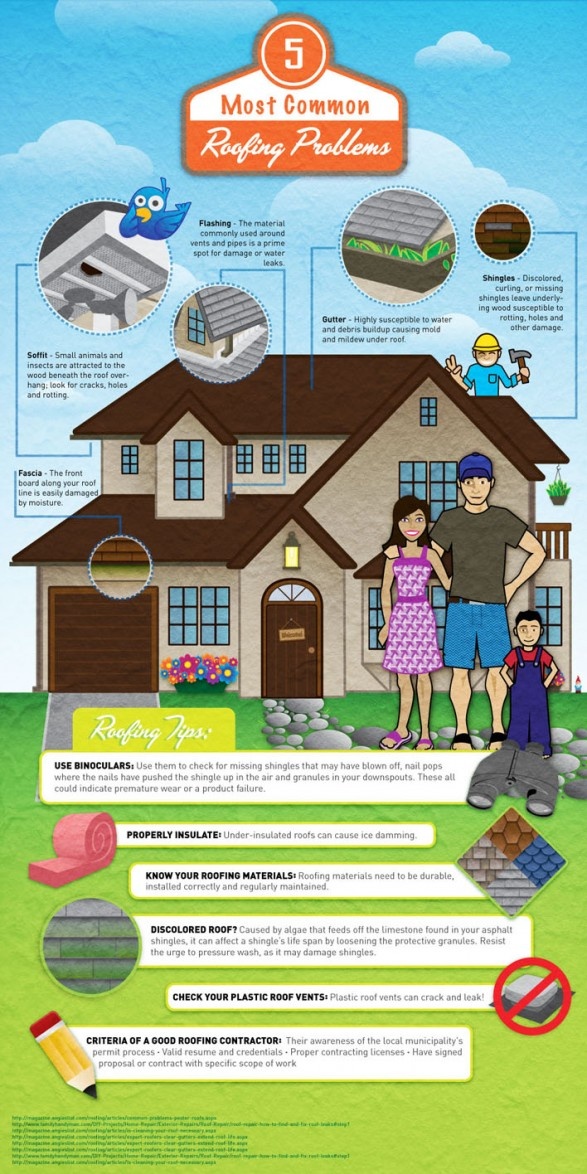The Duty Of Weather Condition In Roofing Setup: Picking The Right Seasons And Conditions For Success
The Duty Of Weather Condition In Roofing Setup: Picking The Right Seasons And Conditions For Success
Blog Article
Web Content By-Terry Donnelly
When it involves roofing system setups, the climate can make or break the task. Think of the aggravation of dealing with products that will not coordinate as a result of severe heat or battling unsafe surface areas caused by unexpected rainfall. Understanding the impact of weather conditions on your roof task is essential for a successful outcome. So, allow's explore just how different weather condition components can affect the quality and toughness of your roof covering installation, ensuring a task well done.
Impact of Temperature on Roofing System Installation
When it involves roofing system installment, temperature level plays an important function at the same time. The suitable temperature level for roofing projects commonly drops in between 45 and 85 degrees Fahrenheit. Severe warmth can cause materials like shingles to become too pliable, causing possible damage throughout setup. On the other hand, cold temperatures can make products fragile and prone to cracking. It is very important to set up roof covering setups throughout moderate temperatures to make sure the most effective end result.
During colder weather condition, service providers may need to take added safety measures such as making use of heated devices or allowing materials to heat up before installment.
In contrast, hot weather may call for work to be done previously or later in the day to prevent the peak temperatures. By considering the temperature level and its effects on roofing products, you can assist make sure a successful installment that will withstand the elements for several years to come.
Effect of Rainfall on Roof Projects
Roof covering projects can be dramatically impacted by rainfall, influencing both the timeline and the top quality of the installment. Rain or snow can create slippery conditions, making it harmful for roofing professionals to work on a wet surface area. Additionally, wetness can compromise the adhesion of products like tiles or underlayment, bring about potential leaks or problems in the future.
If it rains throughout a roof covering task, the water can permeate right into at risk locations, triggering delays as the setup crew should await the roofing to completely dry prior to proceeding. Excessive moisture can likewise promote the growth of mold and mildew and mold, further endangering the integrity of the roofing.
To stay clear of these concerns, it's recommended to arrange roofing jobs throughout drier periods or keep an eye on the weather forecast very closely to plan about any type of prospective rainstorms. By taking precautions to work in desirable weather, you can make sure a smoother and a lot more successful roof covering installation process.
Influence of Wind Speed on Installation Success
During roofing system setup, the rate of the wind plays an important role in identifying the success of the project. High wind rates can position substantial obstacles to contractors, possibly leading to safety risks and quality issues. When wind rates surpass recommended limitations, it ends up being tough to take care of products, raising the danger of crashes and damages to the roof materials. Strong gusts can also influence the precision of measurements and the accuracy needed for proper setup.
To make certain a successful roof covering installation, it's important to keep track of and take into consideration wind speeds. Preferably, roof covering installation should occur on days with reduced to modest wind speeds. This not only boosts the safety of the workers yet likewise enhances the general high quality of the installment.
Roof covering jobs arranged throughout tranquil climate condition are more probable to be completed successfully and with less errors. By paying attention to wind rate projections and intending as necessary, you can aid make certain a smooth and effective roof installment procedure.
Conclusion
So, when it involves roof covering setup, remember to think about the climate condition to ensure an effective job. https://communityimpact.com/houston/tomball-magnolia/housing-real-estate/2020/07/09/guide-onward-roofing-remodeling-in-tomball-shares-5-tips-for-homeowners/ , dry conditions, and moderate wind rates are vital factors to prioritize for a smooth installation process. By scheduling https://roofingcontractorsnearme28405.topbloghub.com/37520106/the-roof-covering-industry-is-observing-an-amazing-change-towards-environmentally-friendly-practices-as-contractors-aim-to-develop-a-more-lasting-future throughout the very best periods and perfect weather, you can accomplish a sturdy and lasting roof covering that will secure your home for many years to come.
